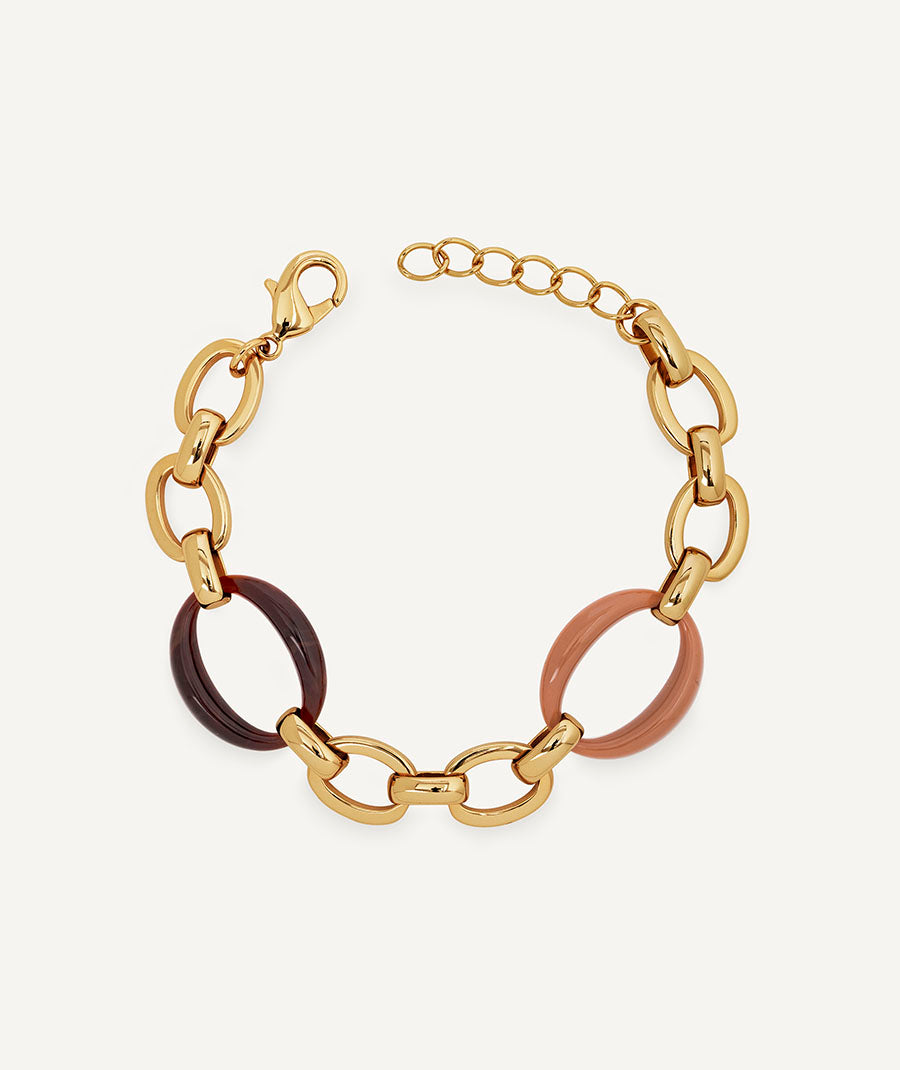We explain what silver is, its value, and its properties, plus its characteristics and how it differs from other metals.
What is Sterling Silver?
Not all silver pieces have the same quality. There are countless alloys that may contain (mostly or not) silver. In jewelry, only silver with a purity above 925 is considered first-grade sterling silver. What does this mean? That 925 parts out of 1,000 are silver — that is, 92.5% purity.
Silver, except in its pure state, tends to oxidize over time. There are several tricks to bring back silver’s shine and keep our jewelry looking cared for longer.
Why do Vidal & Vidal’s silver pieces resist oxidation better?
You’ll notice our silver pieces go a long time without oxidizing. That’s because our finishes are applied by hand, and since we have our own factory, we’ve been able to research until finding the exact formula to prevent pieces from oxidizing.
Like most things in life, the treatment isn’t eternal, but it keeps sterling pieces in their original color for much longer than usual. And because it’s a manual process, achieving the perfect finish can be painstaking — any change in atmospheric conditions (a more humid day, a warmer morning) affects the components. That’s where our team’s experience makes the difference.
We’re very proud of this process, the result of years of research and development. We know our finishes make all the difference.

What’s the difference between a silver piece, a silver-plated sterling piece, and a silver-plated metal piece?

Silver Pieces
This indicates the body of the jewelry is made of silver. As mentioned above, not all silver has the same quality. At Vidal & Vidal we use 925 silver (sterling silver). A first-grade sterling piece must bear a hallmark from an official assay office certifying the alloy’s quality. All Vidal & Vidal sterling pieces carry the 925B2 hallmark. The 925 refers to the silver quality and B2 indicates the official laboratory — in our case, the Instituto Tecnológico de la Bisutería de Menorca (ITEB).
Plated Sterling Silver Pieces
This indicates the body is first-grade sterling silver and it has then been coated with another metal such as gold, platinum, or rhodium. Remember: a piece’s appearance only shows the last layer applied. Thus, a piece may look like gold on the outside while its body material is silver. In this case, the official assay hallmark should also appear. Learn more about finishes and platings.


Plated or Silver-Plated Metal Pieces
This indicates the body is a base metal (such as brass or bronze) that has then been coated with silver. Remember: a piece’s appearance only shows the last layer applied. Thus, a piece may look like silver on the outside while the body material is metal. Generally, this finish allows for more sculptural or larger-scale designs.
In summary, at a glance you can’t tell the body material of a piece — you only see the metal of the outer coating.
So whenever you have doubts, check the technical information we provide or ask us — we’ll be happy to help.


